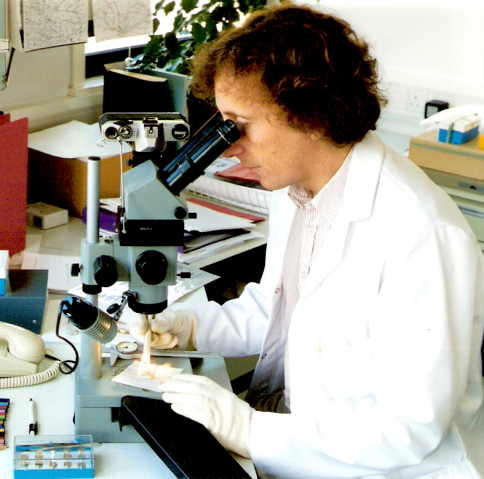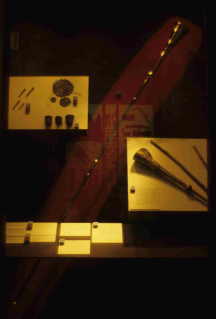
|
|




New directions in Ancient Music |
2.1 |
CMAR and the new archaeology of music |
Cambridge Music-archaeological Research exists to conduct and promote advanced finds- and site- based studies in the new archaeologies of music and sound. Unlike longer-established interpretive approaches to ancient musics (for example those of philology, art history, ethnography, musicology and dance studies) archaeology has been slow to appreciate its acoustical assets, and slow therefore to bring to their study the benefits of its own particular perspectives and terms of reference. Cambridge Music-archaeological Research seeks to remedy this from within archaeology, aiming to demonstrate the aptness of such behaviours to archaeological exploration and their fitness as subjects into which the archaeology student may profitably invest his or her time and energies. CMAR aims to dispel the myths that music- and sound-related materials are rare and somehow alien parts of the fossil record, and that they remain fundamentally inscrutable 'because we do not have any music'. It aims to show the relevance of the finds not just to mainstream music studies but to a whole range of current archaeological preoccupations. It identifies the essentially archaeological character of the material and of the processes of excavation and survey which generate it. It sees a consequent - and imperative - need for archaeological process in its interpretation. Thus the origins and evolution of acoustic behaviours - including music - come to appear first and foremost as archaeological challenges, and the finds and their contexts as material culture. Viewed in this way music's archaeological evidence ceases to appear marginal to archaeology, a mere sequence of fortuitous, random survivals which may occasionally allow us to validate theories emerging from other disciplines: it emerges in its own right as a basis for systematic, interpretive modelling. Such approaches, CMAR believes, are going to be fundamental to the long-term future of ancient musical and sound-use studies: both essential to a proper understanding of the evidence and vital to the very preservation of that evidence, whether extant or yet to be discovered. Musical and acoustic finds become the fingerprints and DNA of our detective work, their archaeological contexts our scenes of crimes. Their first-hand testimony offers us direct glimpses into music's ancient past. Graeme Lawson writes: 'Too often in archaeology we seem to see music's fossil record as 'something other', to be left to other disciplines to make sense of. In reality it's no less archaeological than any of the other things we do: agrigulture or economy or demography or technology - or art. Indeed sound and music are at the very heart of the 'anatomically modern' human experience. Their ancient material traces have already yielded some big surprises - and we have still hardly begun to scratch the surface'. cambridge music-archaeological research <http://www.orfeo.co.uk> |
Graeme Lawson examining the surfaces of an early medieval bone pipe |
Medieval trumpet from the River Thames. Reconstruction by Graeme Lawson for the exhibition Capital Gains (Museum of London 1986) |
LINKS: 2.2 .. MUSIC AS PREHISTORY 2.3 .. SCIENCE & CONSERVATION 2.4 .. HISTORIOGRAPHY 3.1 .. PUBLICATIONS 1 ..... BACK TO INDEX |